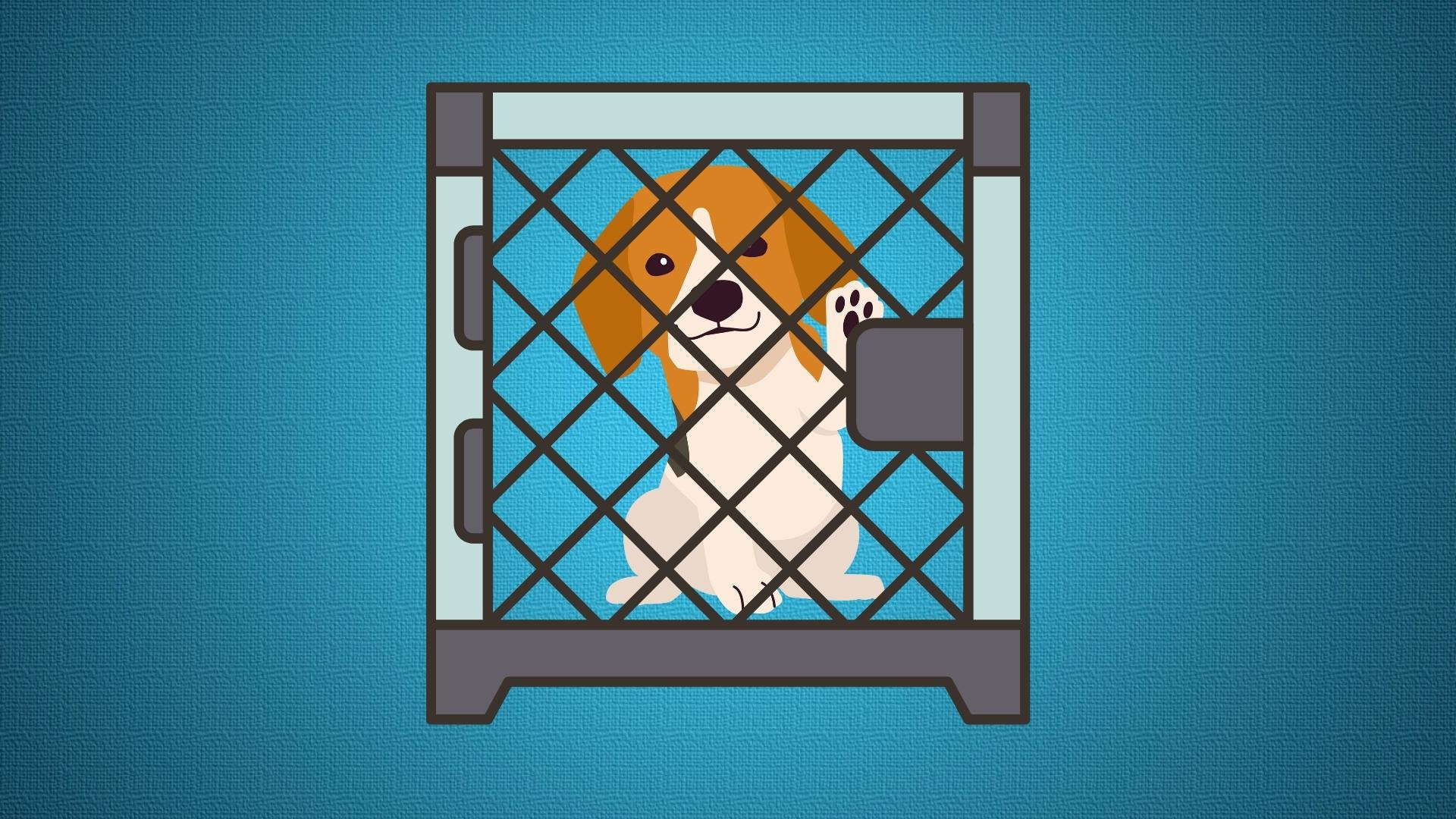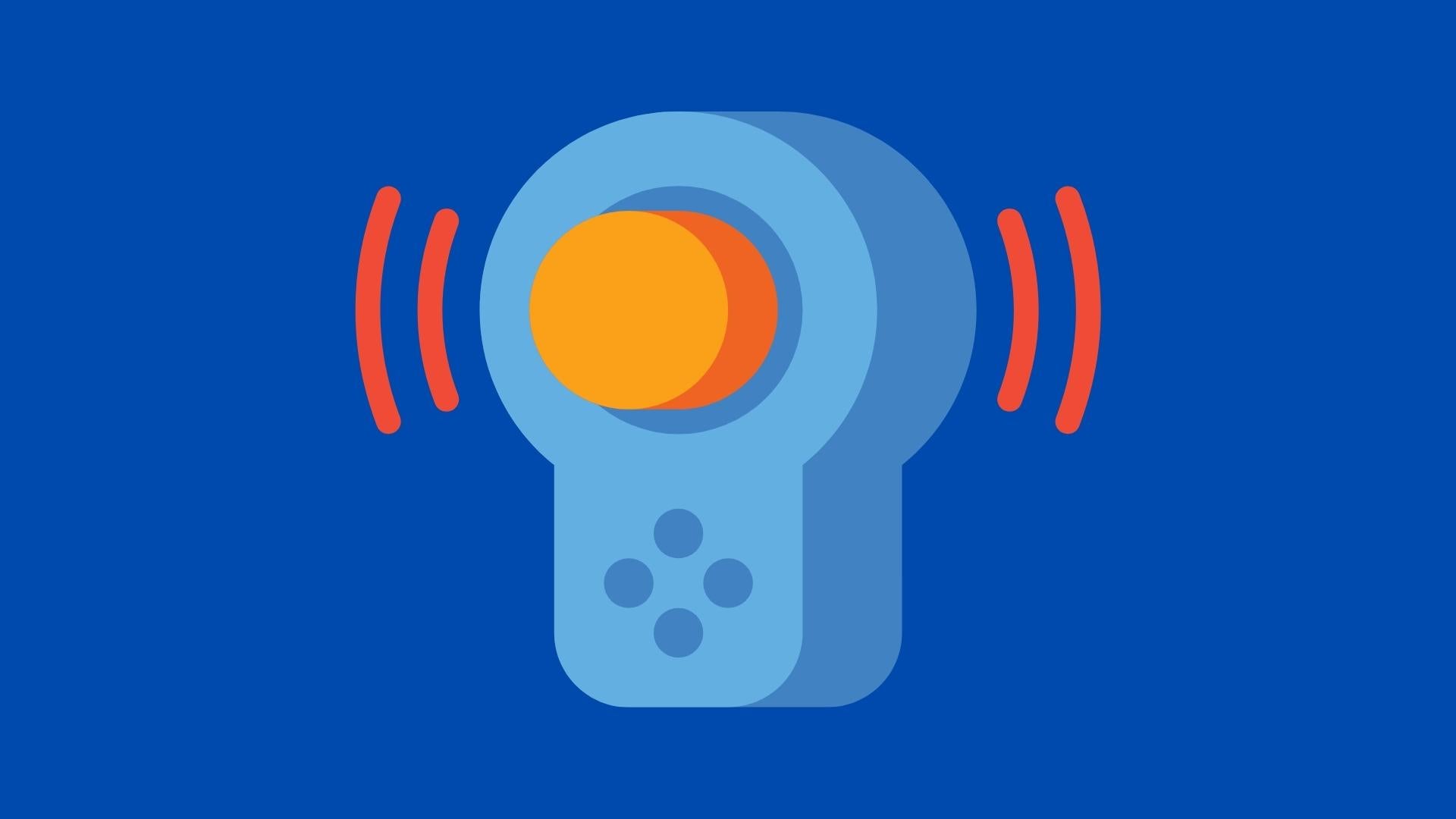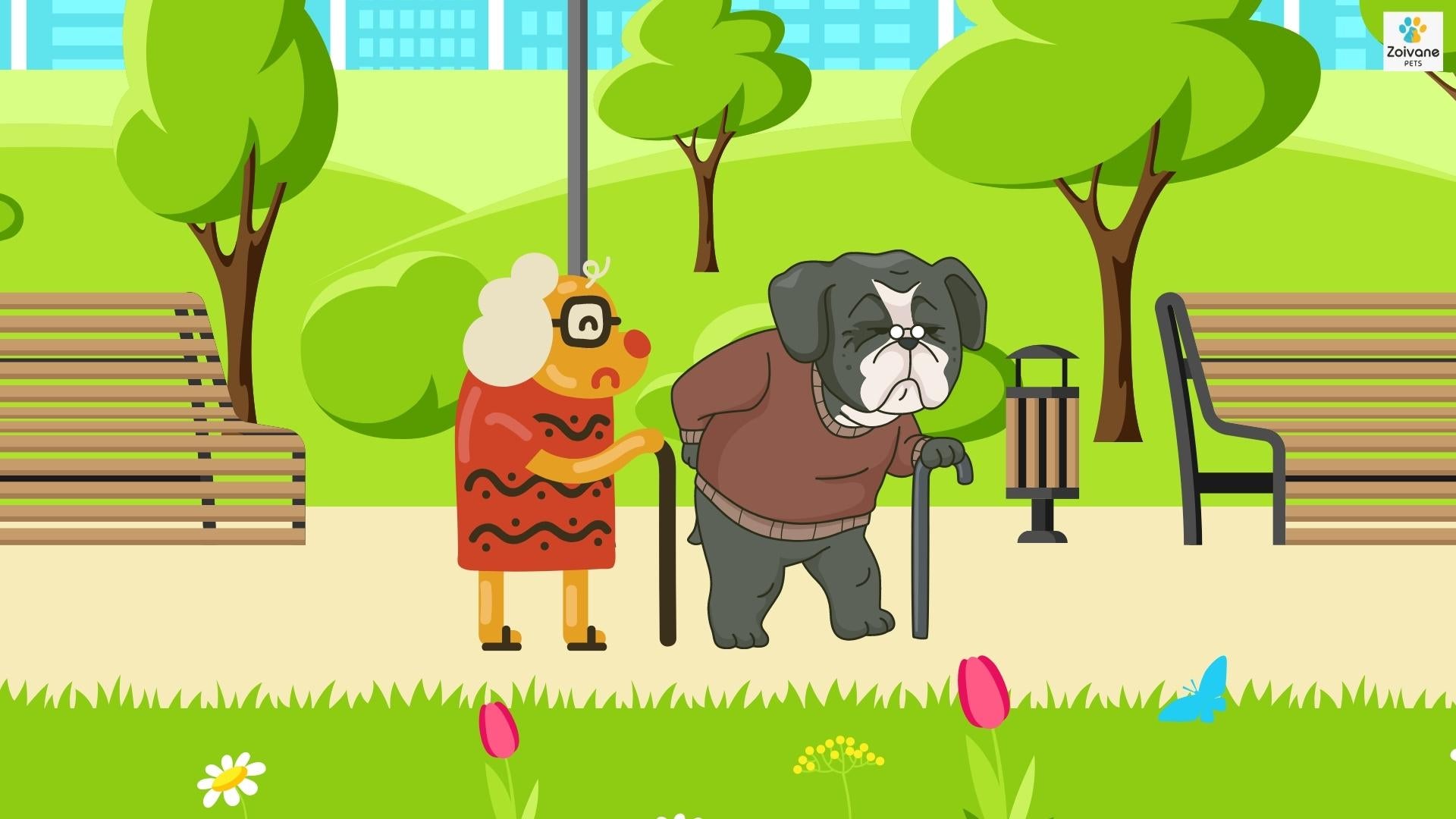
How to Crate Train your Pet
Crate Training is an important tool while you’re training your puppy / kitten. Crate Training takes advantage of your pet’s natural instinct to seek a comfortable, safe & peaceful atmosphere and makes it easier for you to travel, train with them and prevent chewing, biting, clawing & destructive behavior.
Depending on your pet’s breed, temperament, behavior, age & past experiences, Crate Training can take from a few days to several weeks. It is vital to understand two aspects here; the crate should always be associated with something positive to successfully imbibe a lasting habit & secondly, the training process should be conducted patiently & in a series of baby steps.
While many pet parents might think of crate training as “Caging up” their pets, dogs especially, are den animals who feel more secure in small, enclosed spaces. A crate provides them exactly that – a feeling of security, discipline & also helps calm anxiety.
Choosing the right Crate

Picture Courtesy: The New York Times
There are numerous kinds of crates available in the market. They include a Wire Cage, A plastic pet carrier & a soft-sided canvas or a nylon cage.
The most commonly used & cheaper option is the wire cage. This kind of crate is usually collapsible & adjustable; you can adjust the length & width of the crate depending on the size of your dog or cat.
Commonly seen during airline travel, a plastic pet carrier is another kind of crate. Apart from being slightly sturdier than a wire cage, it has a few disadvantages. It is comparatively costlier than the wire crate, it is closed from 3 sides, hence it does not allow much light or air as the wire crate. It is also difficult to clean.
The canvas or nylon crates are less sturdy, but are lightweight, so they have a logistical advantage. However, they are not a good fit for young pets or pets with a tendency to chew or scratch.
Apart from the kind of crate, pet parents must carefully consider the size of the crate. The crate shouldn’t be too large or too small. Too small and your pet will feel trapped & claustrophobic. Too big, and your pet may use one part to relieve himself.
Now let’s take a look at 10 steps you need to follow to Crate train you pet: -
Step 1: Choosing the right crate for your pet
Keep in mind the breed & potential size of your pet in mind when you start thinking about getting him a crate. It should be durable, comfortable, not too big & not too small. It is best to take their adult size as a benchmark for your selection. Crates can be plastic (often called flight kennels), Fabric or Metal based collapsible structures with rigid frames.
Step 2: Introduce your pet to the crate
As pet parents, you have to make sure that you initiate a training exercise positively, create scenarios where your dog is most comfortable. For example, introduce the crate to your pet in a space where you spend a lot of time together, say the living room. Put a soft blanket and his favorite toy in there for comfort. Let your pet sniff & explore it at their leisure.
Dogs especially, are den animals, some of them may get naturally curious and get comfortable inside it straightaway. However, if they’re reluctant to enter, it’s okay, don’t force them to enter. Use treats or their favorite toys to get them accustomed to their crate.
Step 3: Establish a positive mindset
The more the pet associate the crate with a relaxed mindset, the more they’ll ultimately enjoy spending time in there. Initially, if you start by putting your pet in there for too long, or when they’re acting hyperactive, they’d want to come back out. Try bringing them in when they’re calm. Start with 10-15 minute sessions & work your way up from there.
Step 4: Positive Reinforcement
It is vital that your pet associates the crate with something positive; a treat, toy or their favorite blanket. Give him small treats when he enters or stays in the crate. “One of my favourite tricks is giving the dog a KONG toy filled with peanut butter. When they’re in the crate, they have something that positively stimulates them & they start making positive & relaxed associations with the crate.”, Says Anna Flayton, senior dog trainer.
Step 5: Practice longer crating periods
While introducing the crate to your pet, make sure you use gestural & verbal cues. For example, use the word “crate”, use your hand to gesture him to go inside the crate. Take it a step further by sitting quietly near the crate for a few minutes, then going into another room. Return after another few minutes, sit quietly for a while and open the crate. Repeat this process, gradually increasing the length of time you leave your pet in the crate.
Step 6: Keep a track of time
Your pet needs time to eat, exercise & relieve himself regularly. He ideally wouldn’t want to soil the insides of his crate by relieving himself, but if you leave him in there for too long, he might get agitated or relieve himself.
Step 7: Feed meals in the crate
Since food is always a positive factor in training, you can try feeding your pet regular meals in & near the crate. Place their treats / food inside the crate depending on their acceptance level. If they’re hesitant, place it just at the door, if not, then you can place it in the far corner of the crate.
You can train them further by closing the crate door when they’re comfortable & they start eating and open it once they finish. With each successive feeding, you can try keeping the door shut a bit longer.
Step 8: Play Crate Games
It has already been established that the dog shouldn’t see the crate as a negative place. To ensure this, incorporate his favourite games during crate training. For example, you can play fetch by throwing his ball or by hiding treats inside the crate.
Step 9: Remove Accessories
Make sure to remove any accessories your pet may be wearing before you crate train him. Be extra mindful of collars or tags because if they get caught in the crate, your pet could strangle.
Step 10: Crate at night & when you leave
The final step to this training exercise is actual execution. After your dog / cat can spend about 30 minutes inside the crate without becoming anxious or afraid, you can keep him in his crate at night or when you go out for a brief period. Be patient, as achieving this takes weeks, sometimes months in some pets’ case.
You can keep their favourite treats & toys inside the crate during this time. Don’t make a habit of prolonged or emotional goodbyes as they may increase chances of separation anxiety in your pet. Once you return, don’t forget to reward them with some treats & cuddles.
To summarise: -

Crating Cautions
While a crate is a handy tool during your training process, it is not a magical solution for canine or feline behaviour. Used incorrectly, your pet can feel trapped, anxious & frustrated. Understand your pet’s temperament, breed, gender, behaviour & nature, as it is unique the sooner you learn these things about your pet, the easier it’ll be for you to train him.
Crates should be used for managing behaviour, never for punishment. For example, putting your pet in a crate with his favourite treats and toys when guests come over is better than putting him in his crate as punishment after he spills something or jumps on your guest. It’s important that your pet has a positive association with his crate and goes inside it of his own volition.
Don’t leave your pet in his crate for too long. A pet who doesn’t get enough exercise or social interaction will become snappy, depressed or anxious. Make sure that you maintain a balance.
Puppies or kittens under 6 months of age shouldn’t be kept in a cage for more than 3-4 hours. They are unable to control their bowels & bladders for too long. The same goes for senior pets and newly adopted adult pets.
Make sure to keep the crate door open when you’re home, so that your pet can enter it when they need space or sleep. It’s important to understand & teach children boundaries; they should leave the pet alone if he goes in the crate and needs space or sleep.
Crating Problems
It is important that you don’t let your pet out of the crate while it is barking, howling or whining. He should be perfectly calm when you let him out. Having said that, it is important to understand whether he is testing you, wishes to relieve himself, is feeling unwell or is feeling anxious or angry. Opening the crate while it is barking or whining invariably teaches your pet that if he makes enough noise he’ll be let out. Also, if your pet is just testing you, they'll probably stop whining soon. Never punish them for whining.
Pets, especially dogs, are greatly dependent on their masters, family members & people they’re attached to. Keeping them inside crates suddenly, for long durations may cause Separation anxiety & may result in destructive behaviour.
On the other hand, trying to use a crate as a remedy for separation won’t solve it. A crate may prevent your pet from being destructive, but they may get injured in an attempt to do so. Separation anxiety can only be resolved with counterconditioning and desensitization procedures. You may want to consult a professional animal-behavior specialist for help.
To conclude, Crate Training, when used correctly, will develop feelings of security & discipline in your pet. You’ll be able to keep your pet confined when you have to go out, at night or when you’re unable to supervise. Since pets won’t urinate or poop in the same place they rest or sleep, your pet will hold the urge to relieve himself while he’s inside the crate.
You can connect with Zoivane Pets on our Website, Instagram, Linkedin, Facebook & YouTube. For suggestions and writeups mail us at wecare.zoivane@gmail.com or Whatsapp us on +91-9727054006
















Leave a comment
This site is protected by hCaptcha and the hCaptcha Privacy Policy and Terms of Service apply.